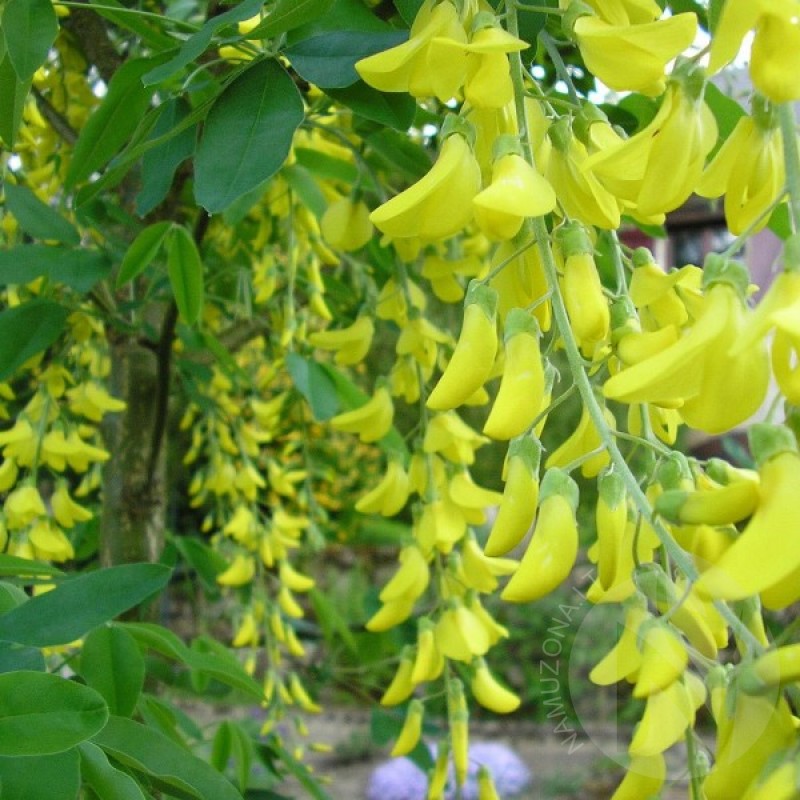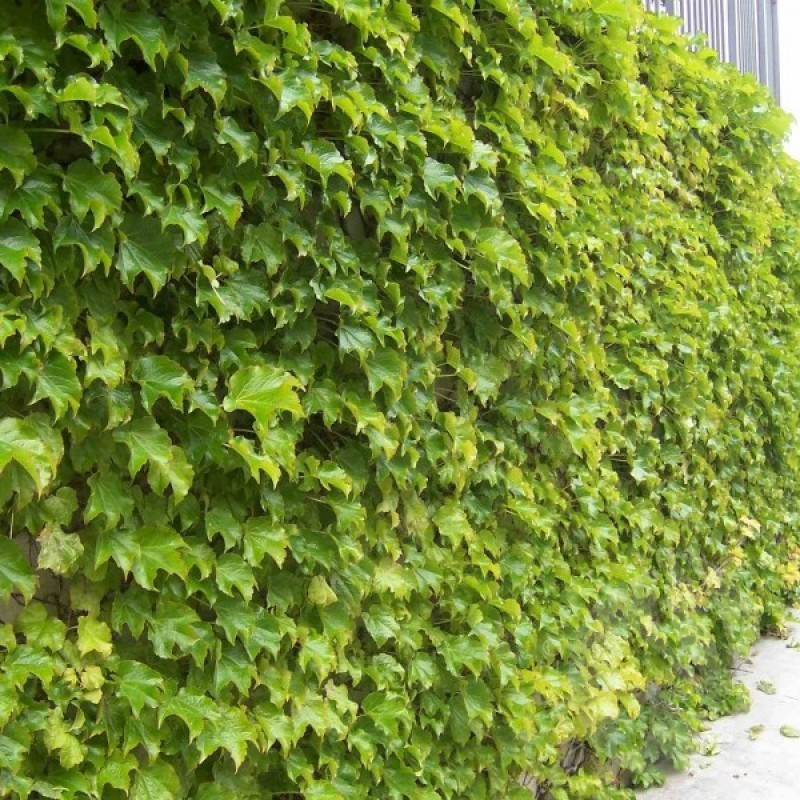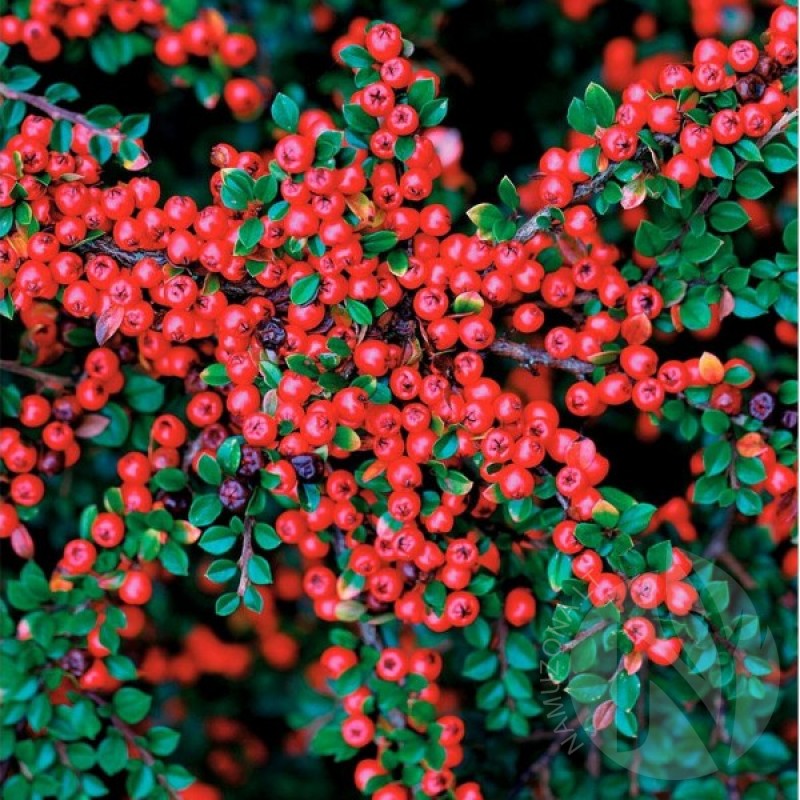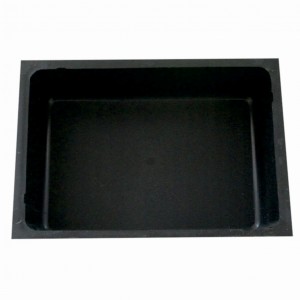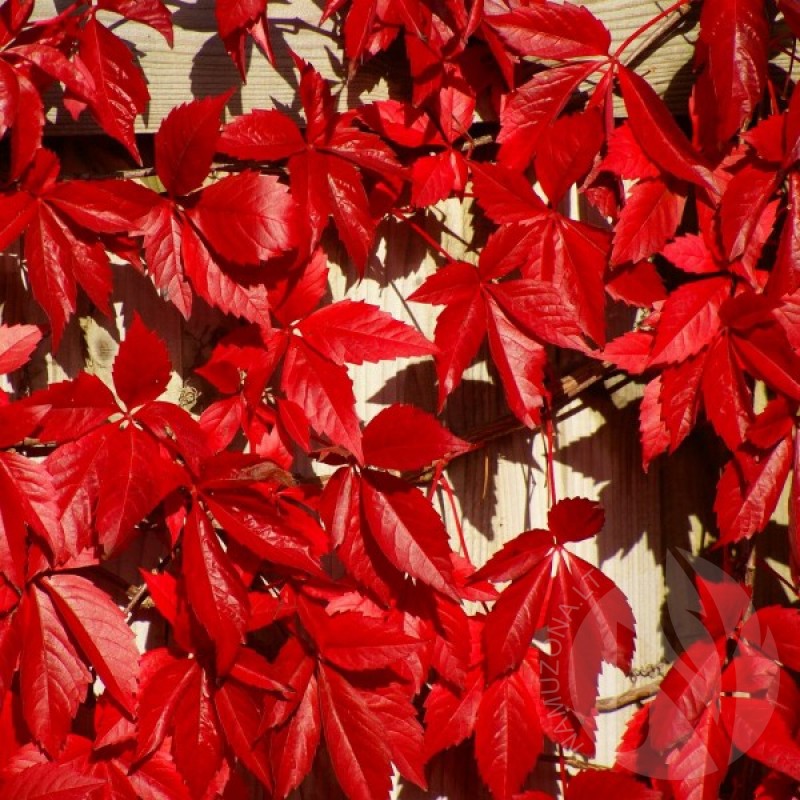
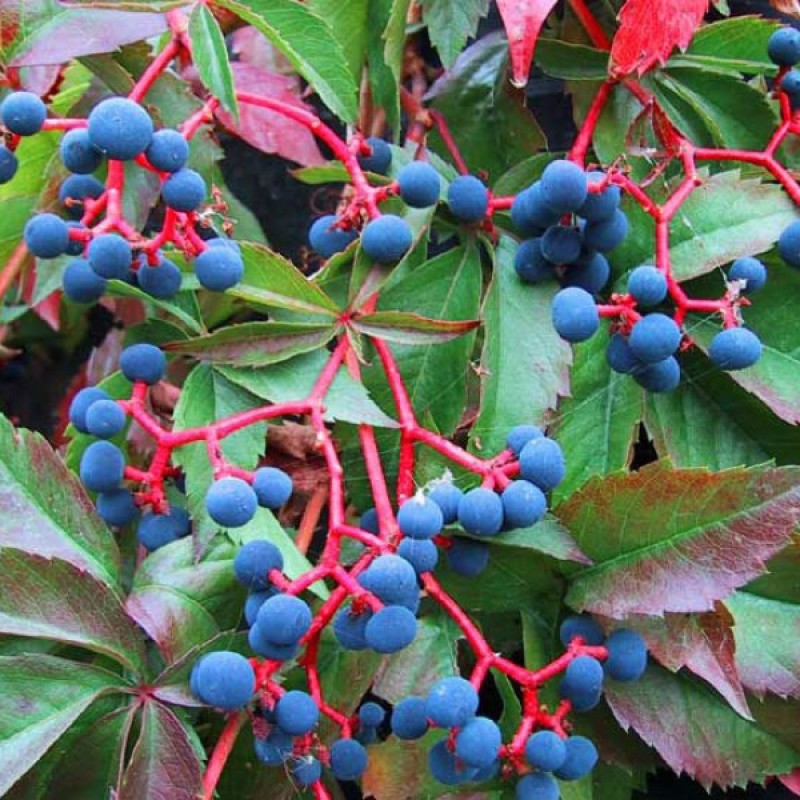
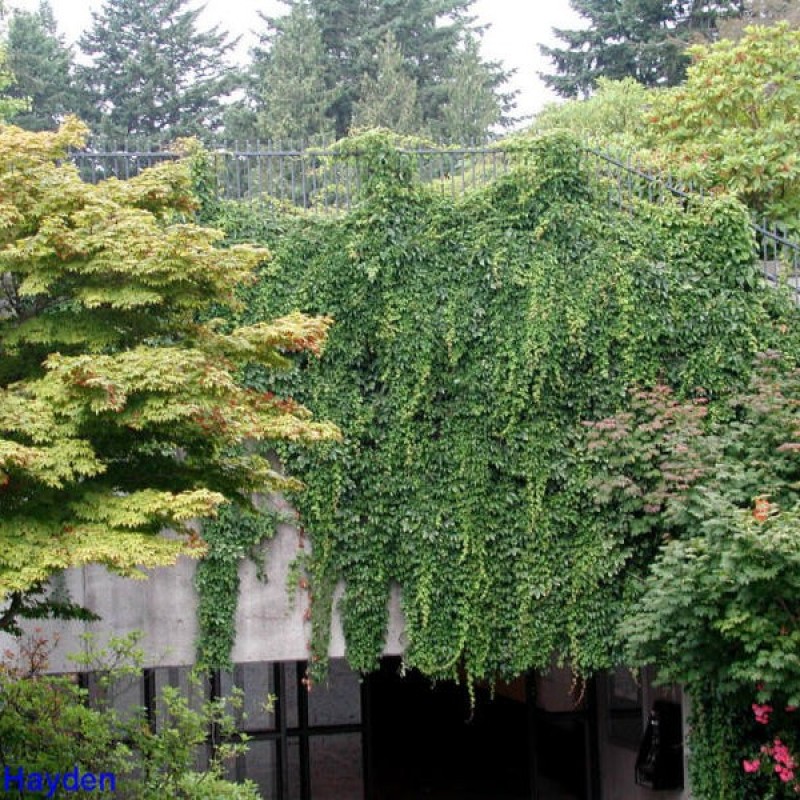
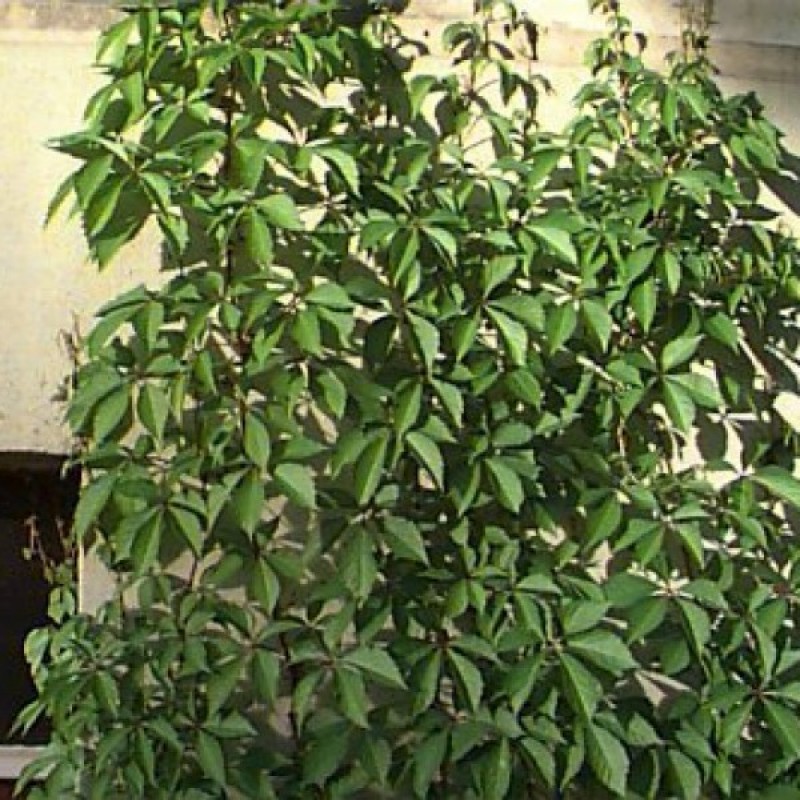
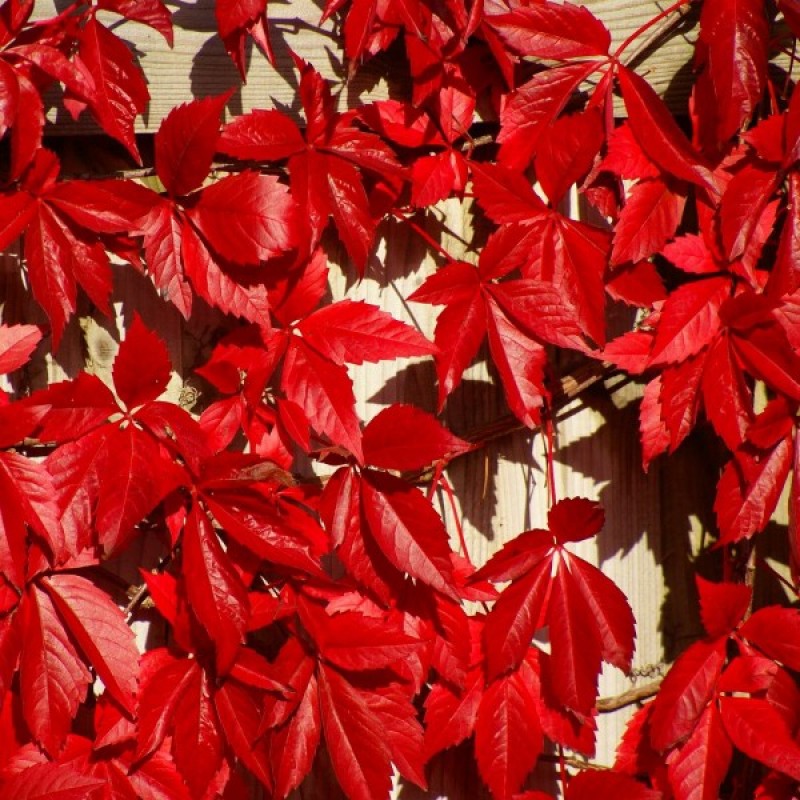
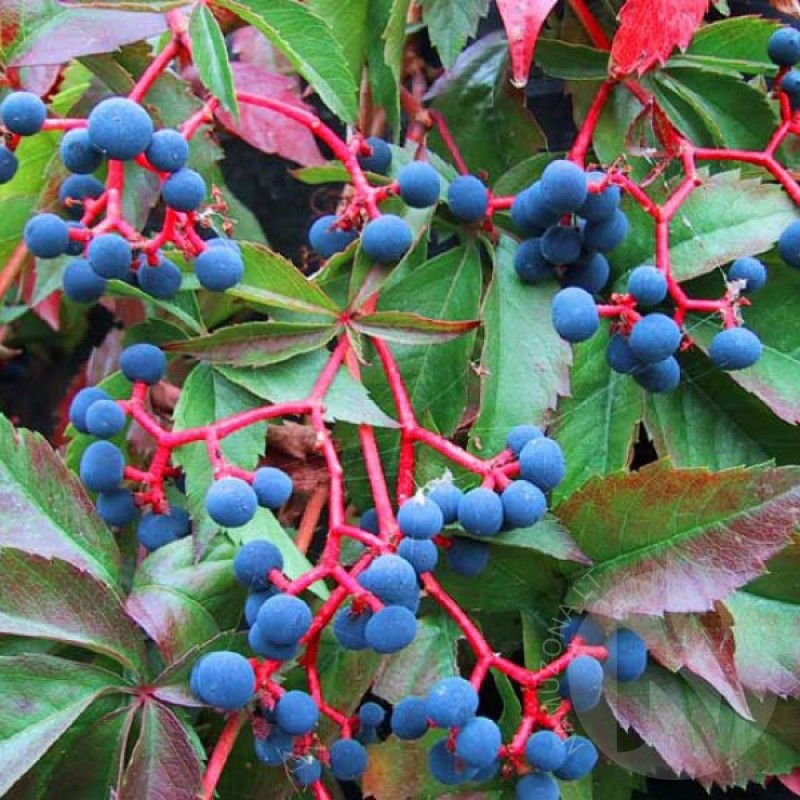
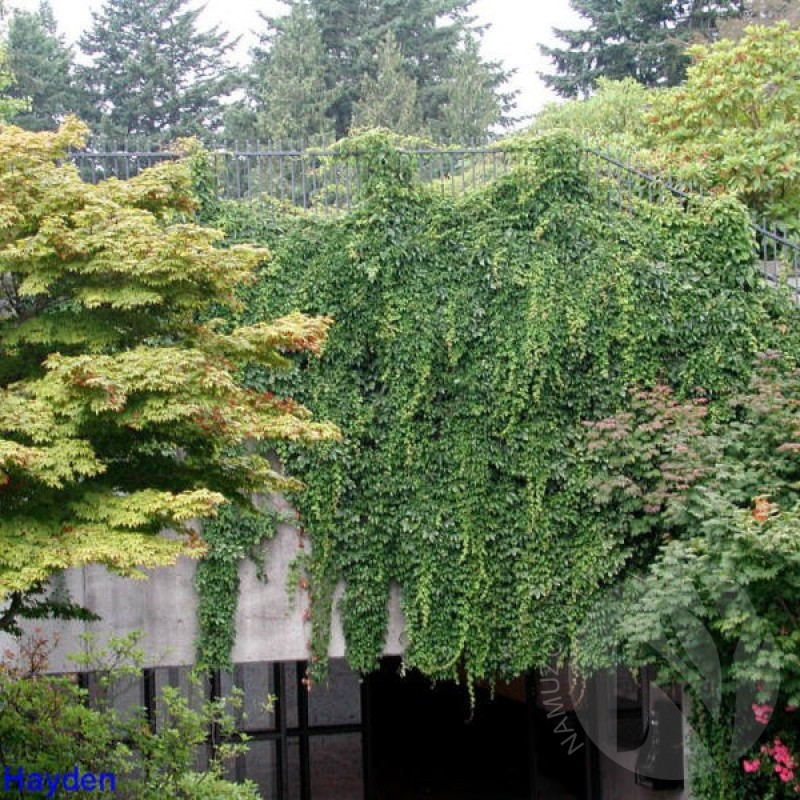
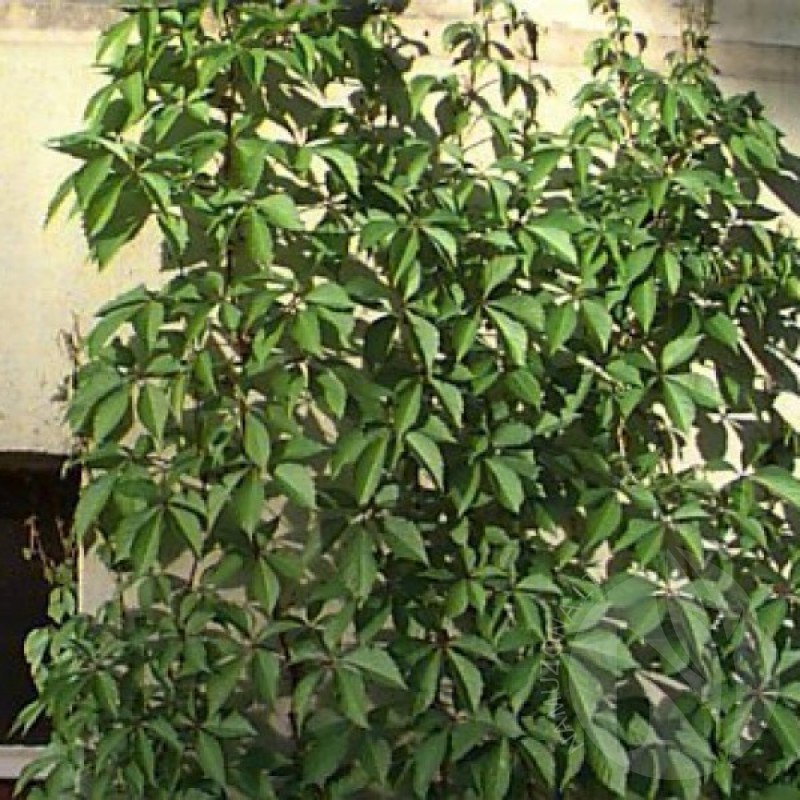
PAY ATTENTION!
All seeds (except SOLD OUT) are available for immediate shipping and will be dispatched within 1-2 business days.
INFORMATION NEEDED? PLEASE CONTACT US NOW!
Collected in October, 2021, in Lithuania.
This North American native can be quite vigorous and will cover a stone wall or fence in no time.
Virginia creeper is a tough woody vine that clings to surfaces via spidery tendrils tipped with flattened adhesive pads called holdfasts. In the wild, it is found across much of eastern North America from Maine to Florida eastward into Texas where it exists in forests and rambles up trees. It is deciduous and has deep green palm-shaped compound leaves with five leaflets (quinquefolia means "five-leaved"). In the autumn its foliage turns fiery hues of red and orange.
Virginia creeper blooms with inconspicuous flat-topped clusters of green flowers that mature into black berries. These are eaten by many birds and small mammals, which in turn distribute the plants freely.
This vine grows in full sun to shade and tolerates many soil types as long as they are well-drained. It can be planted along buildings or stone walls, though some worry that such vines can damage mortar. It is a bit too vigorous for arbors, but may be well-suited to large pergolas. This is such a common and pervasive native that it may appear in your yard unexpectedly. (info source: Learn2Grow.com)
Genus - Parthenocissus
Species - Quinquefolia
Common name - Virginia Creeper
Pre-Treatment - Required
Hardiness zones - 4 - 9
Height - 30'-50' / 9 - 15 m
Plant type - Vine
Vegetation type - Deciduous
Exposure - Full Sun, Partial Sun, Partial Shade, Full Shade
Growth rate - Fast
Soil PH - Acidic, Neutral
Soil type - Clay, loam, sand, well drained
Water requirements - Average
Landscape uses - Groundcover, Vine
Bloom season - Late Spring/Early Summer / Mid Summer
Leaf / Flower color - Green, in fall - dark red / Yellow Green
GERMINATION INSTRUCTIONS
1. Place the seeds in a bowl, cover them with water and allow them to soak for 24 hours.
2. Place the seeds in a handful of just slightly moist sand and then into a plastic sandwich bag. Seal the bag and leave it in the refrigerator for 60 days.
3. Sow the seeds inside in pots or into the garden in the spring, after the danger of frost has passed. Plant them 10 mm (3/8") deep in an area that receives direct sun.
4. Water the planting area until the top 15 cm (6") of soil is saturated. Keep the soil moist. Once established, you can water only during periods of extended drought. (source: ehow.com)
Atsiliepimų apie šią prekę kol kas nėra.
No questions about this product.




